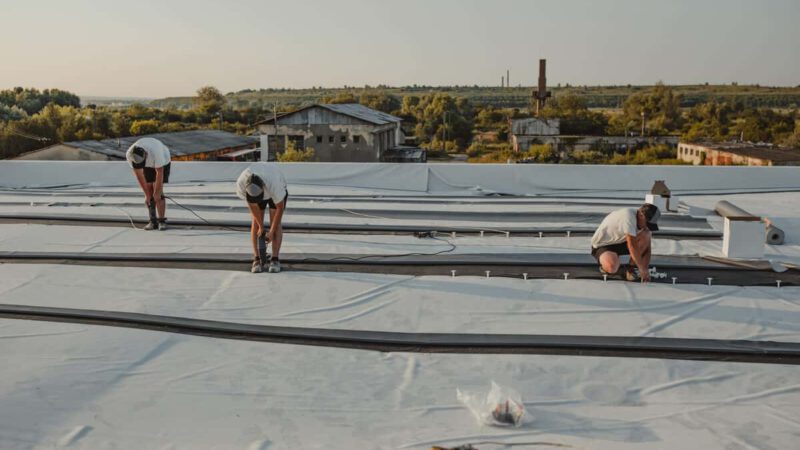Different Types Of Roof Financing
If you are looking for a roofing loan that is low-interest and has a fixed schedule, home equity loans may be the way to go. Home equity loans can offer lower interest rates than personal loans and can be approved quickly. However, they come with a few downsides. If you have little equity in your home, this type of financing may not be right for you. And don’t forget that interest on home equity loans is tax-deductible, so a home equity loan is not always the best option for you. If you are interested in roof financing, you should check out Roofing professionals.
 The first thing to know about home equity loans is that they will require collateral. If you want to secure your loan with collateral, you can use your home as collateral. The advantage of this kind of loan is that you won’t be required to pay off your loan early. You’ll enjoy lower interest rates as long as you have collateral, such as a vehicle or savings account. However, if you have bad credit, you may still be able to find a roof financing loan, although you may be required to pay higher interest rates.
The first thing to know about home equity loans is that they will require collateral. If you want to secure your loan with collateral, you can use your home as collateral. The advantage of this kind of loan is that you won’t be required to pay off your loan early. You’ll enjoy lower interest rates as long as you have collateral, such as a vehicle or savings account. However, if you have bad credit, you may still be able to find a roof financing loan, although you may be required to pay higher interest rates.
Home equity line of credit (HELOC) is another way to get the funds you need for roof financing. This type of loan uses the equity in your home as collateral and may offer lower interest rates than other financing options. Home equity lines of credit are tax-deductible and are a good option for people who are confident in their ability to repay a loan. If you don’t have any credit or are not sure of your ability to pay, you can look for a roofing professional to provide financing for your roof.
Another option is to use a credit card. Credit cards are a convenient way to finance a roofing project. These cards usually come with low or no interest rates, but they typically have shorter payment terms. A credit card can be a good choice if you have excellent credit, but make sure to check the terms and conditions before applying. Many cards offer 0% introductory rates that make the entire project more affordable over time. This is a great option for homeowners who don’t want to pay off the entire loan at once.
If you’re unsure whether you’ll qualify for this type of financing, you may want to contact a trusted roofing company for recommendations. These companies can approve loans quickly and keep the project on schedule. Remember, the roof financing company’s website is only a resource for ideas. It cannot give you financial advice and is not a substitute for consulting with a financial adviser. You should only use a trusted and experienced source of information.
Another option for roof financing is to apply for a cash-out refinance loan. Cash-out refinancing is a good way to finance a roof replacement. This refinance involves a higher interest rate than your existing mortgage. You can then use the surplus funds to buy roofing materials. A cash-out refinancing loan is the most appropriate option when you can find one with a lower interest rate. This type of loan is best for homeowners with variable-rate loans.
When considering home equity loans, consider your credit score. Some lenders are more likely to approve you with this option than a home equity loan. If you have excellent credit, you can apply for a personal loan. This type of loan is available without collateral and can be approved quickly. However, it has its downsides. Usually, personal loans carry a higher interest rate than home equity loans. Personal loans can be a great option for those without good credit or need a loan right away.
Government-backed renovation mortgages are another popular way to finance your roof replacement project. While these loans are based on the value of your home in the future, they can have lengthy delays and can require you to refinance your existing mortgage. You’ll then have to pay higher monthly payments than you would otherwise have to. However, the benefits of government-backed mortgages outweigh the downsides. If you choose this route, be sure to carefully consider the risks involved.

